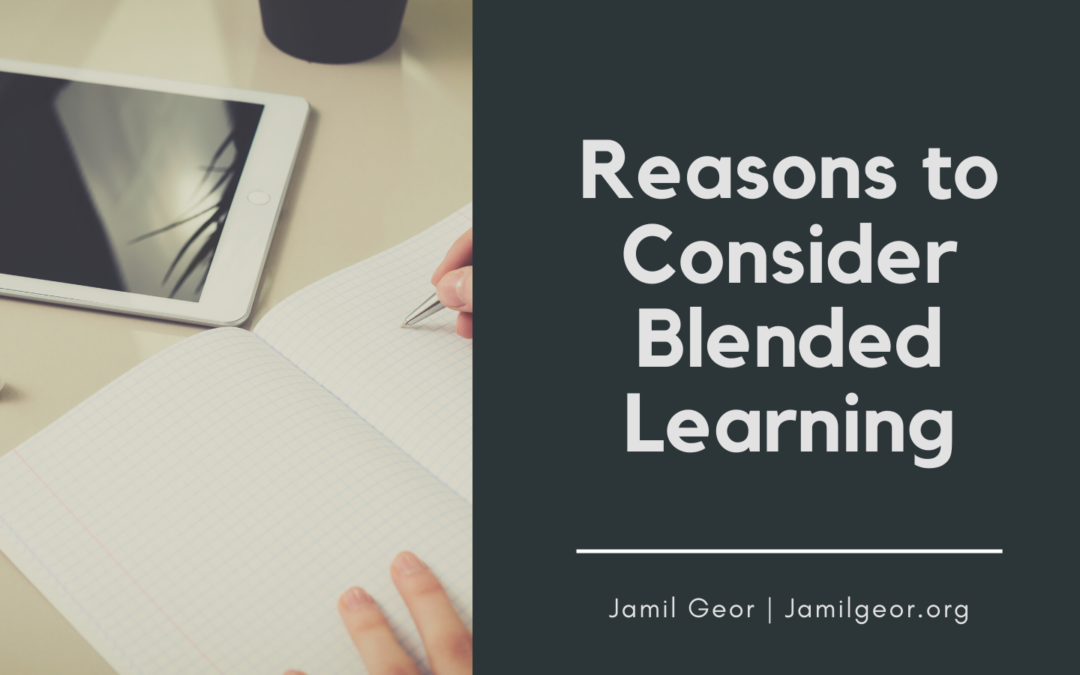Blended learning is becoming increasingly prevalent, and it is essential to compare the pros and cons of this system against other types of education.
Before getting into those lessons, let’s look at blended learning.
Blended learning encompasses all the different types of education that involve a blend of traditional and non-traditional teaching methods, such as flipped classrooms or self-paced learning and e-learning. This approach allows students to handle more independent work with little or no teacher input. Below are reasons that blended learning is an important asset to have in education.
Boosts learner’s efficiency
When students are encouraged to learn at their own pace while taking advantage of online tools, they can spend less time awake and more focused on learning. It is advantageous for all students, including those with learning disabilities who cannot concentrate regularly.
Enhances efforts of teachers and staff
Educators can spend more time working one-on-one with students who need more personal instruction. Instead of wasting time on general lessons for most of a class, teachers can focus on individuals to help them understand and connect with a subject matter.
Increases engagement
Students who have to learn from a traditional teacher or peers will be able to contribute and participate more in classes that use blended learning. Removing the typical barriers students face by allowing them to control their own pace, take on their challenges, and work in the time frame that best suits them creates an environment where students can feel more engaged and invested in the material.
More student-centered learning
Students learn together with other students they have never met in the traditional classroom. Only once or twice a week could they possibly interact with their peers. Students can learn at their own pace and take on challenges as they progress through material, so you will see more learning occurring between student-to-student interactions.
Improves Communication
When students are allowed to interact with each other through their online lessons, they learn how to communicate better in person. A need for communication can drive the experience of learning about something new, and when that happens, it becomes more prominent in the student’s mind.
Tracking of learner’s records
Schools using blended learning can track their students’ progress better than those that don’t. The ability to track achievements and set improvement goals is a significant plus to the blended learning system of education.
As shown here, blended learning is an excellent alternative to traditional learning. Students, teachers, and administrators gain from blended learning.

